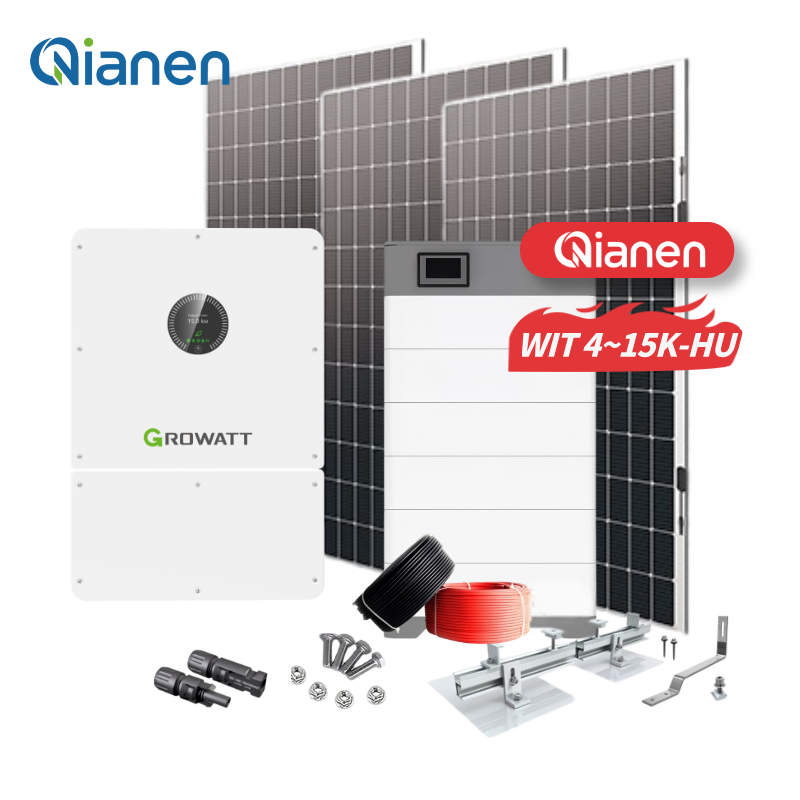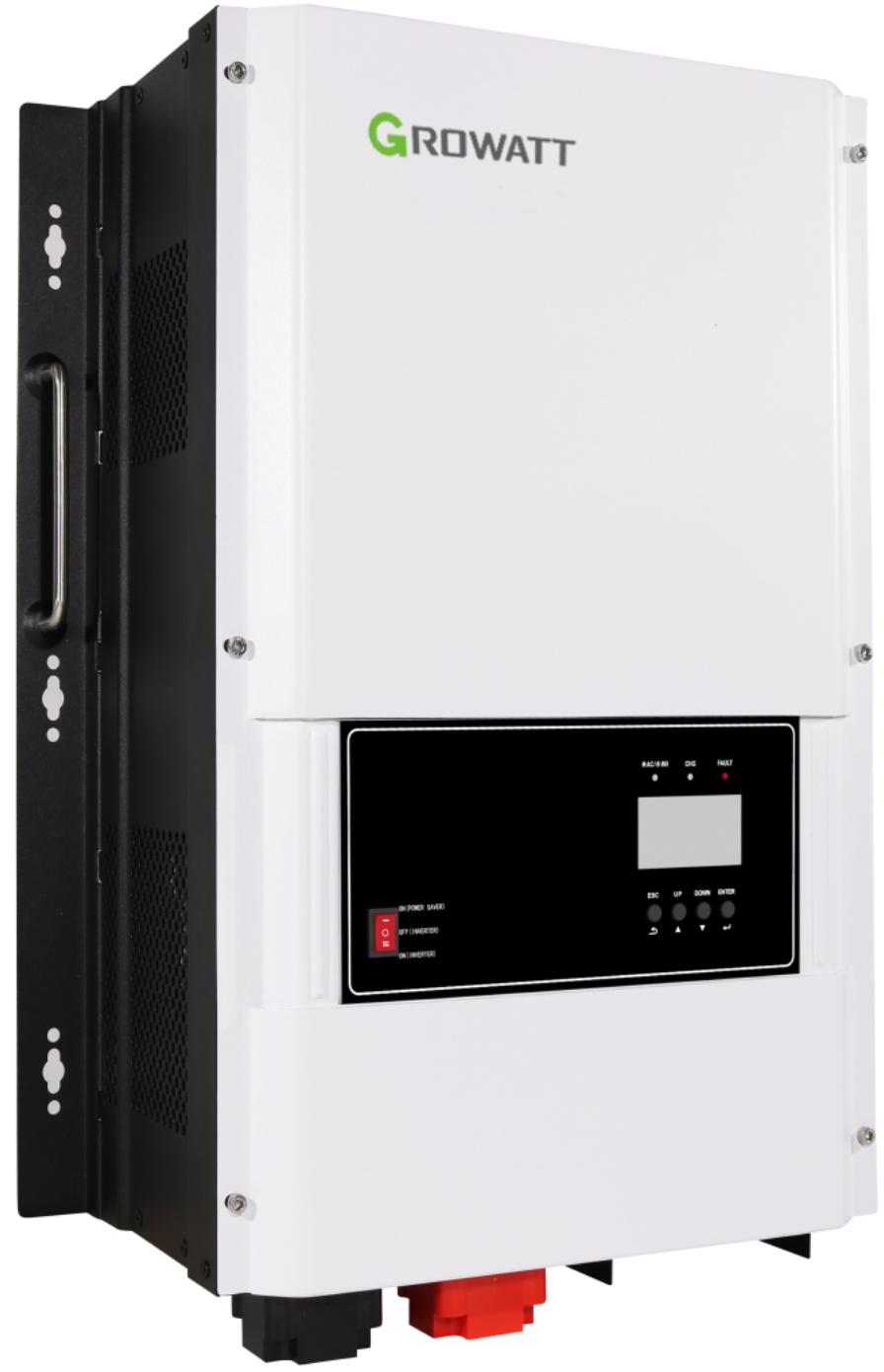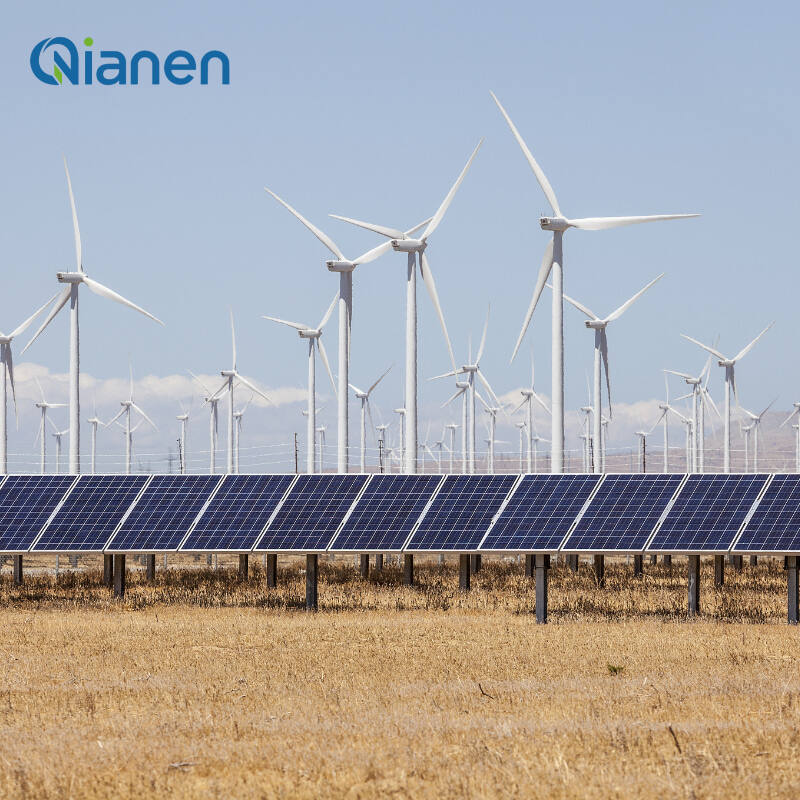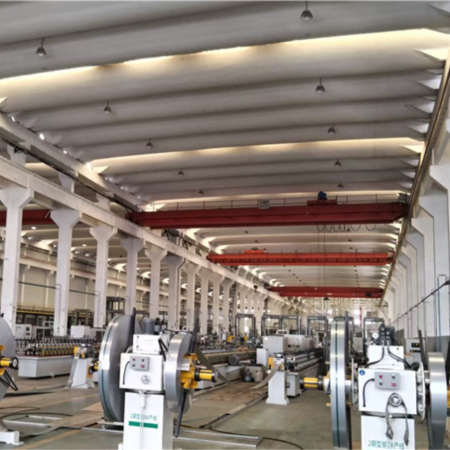The Transformative Power of Residential Solar Energy
Homeowners across the globe are increasingly turning to residential solar power as a sustainable and cost-effective energy solution. A solar system for household use represents more than just an environmental choice – it's a strategic investment that delivers substantial financial benefits while reducing carbon footprint. As energy costs continue to rise and environmental concerns grow, understanding how solar power can revolutionize your home's energy consumption becomes crucial.
Modern solar technology has evolved dramatically, making household solar installations more efficient and accessible than ever before. These systems capture sunlight and convert it into usable electricity, providing homeowners with a reliable source of renewable energy that can significantly reduce or eliminate their dependence on traditional power grids.
Understanding Residential Solar System Components
Essential Hardware Elements
The foundation of any solar system for household use begins with high-quality solar panels. These photovoltaic modules are typically installed on the roof or in an open area with maximum sun exposure. The panels work in conjunction with inverters, which convert the DC power generated by the panels into AC power that your home can use. Additional components include mounting hardware, wiring, and monitoring systems that track your energy production.
Battery storage systems have become an increasingly popular addition to household solar setups. These batteries store excess energy produced during peak sunlight hours for use during nighttime or cloudy days, maximizing the system's efficiency and providing backup power when needed.
Integration with Home Electronics
Modern solar systems integrate seamlessly with home automation technology and smart meters. This integration allows homeowners to monitor their energy production and consumption in real-time through smartphone apps or web interfaces. Advanced systems can even automatically adjust power usage based on solar production patterns, ensuring optimal energy efficiency.
The system's monitoring capabilities provide valuable insights into energy consumption patterns, helping households make informed decisions about their power usage and potentially identifying areas for additional energy savings.

Financial Benefits and Savings Analysis
Immediate Cost Reduction
Installing a solar system for household energy needs typically results in immediate reductions in monthly utility bills. The extent of these savings depends on factors such as system size, local sunshine hours, and energy consumption patterns. Many homeowners report electricity bill reductions of 50-90% after solar installation, with some achieving complete elimination of their power bills.
Additional financial benefits come from net metering programs, where excess energy produced by your system is fed back into the grid, earning credits on your utility bill. This arrangement ensures that no solar energy goes to waste and maximizes the financial return on your investment.
Long-term Investment Returns
The long-term financial benefits of residential solar systems are substantial. While the initial installation costs may seem significant, the return on investment typically occurs within 5-8 years. Federal tax incentives, state rebates, and local solar initiatives can significantly reduce the upfront costs, making the investment even more attractive.
Property values typically increase with the addition of a solar system, as potential buyers recognize the long-term energy savings and environmental benefits. Studies show that homes with solar installations often sell faster and at higher prices than comparable properties without solar power.
Environmental Impact and Sustainability
Carbon Footprint Reduction
A residential solar system significantly reduces your household's carbon footprint. By generating clean, renewable energy, you decrease reliance on fossil fuels and help combat climate change. The average household solar installation can offset several tons of carbon dioxide emissions annually – equivalent to planting hundreds of trees.
The environmental benefits extend beyond carbon reduction. Solar power helps conserve water resources typically used in traditional power generation and reduces air pollution associated with coal and natural gas power plants.
Sustainable Living Practices
Installing a solar system for household use often catalyzes other sustainable living practices. Homeowners become more conscious of their energy consumption and typically adopt additional energy-saving measures. This might include upgrading to energy-efficient appliances, improving home insulation, or implementing smart home technology to optimize power usage.
The combination of solar power and energy-efficient practices creates a comprehensive approach to sustainable living that benefits both the environment and your wallet.
Maintenance and System Longevity
Routine Care Requirements
Modern solar systems are remarkably low-maintenance, requiring minimal upkeep to maintain optimal performance. Regular cleaning to remove dust and debris, along with occasional professional inspections, is typically sufficient. Most systems come with warranties of 25 years or more, ensuring long-term reliability and performance.
The durability of today's solar panels means they can withstand various weather conditions while maintaining their efficiency. Professional maintenance services can help identify and address any potential issues before they affect system performance.
Performance Optimization
Regular monitoring and maintenance help ensure your solar system continues to operate at peak efficiency. Modern monitoring systems alert homeowners to any performance issues, allowing for prompt attention to maintain optimal energy production. Software updates and occasional equipment upgrades can further enhance system performance over time.
Professional maintenance services can also recommend system upgrades or modifications as new technology becomes available, ensuring your installation remains current and efficient throughout its lifespan.
Frequently Asked Questions
How long does it take to recover the investment in a household solar system?
The payback period for a residential solar system typically ranges from 5-8 years, depending on factors such as installation costs, local energy rates, available incentives, and your energy consumption patterns. After this period, the system essentially provides free electricity for its remaining lifespan, which can extend beyond 25 years.
Can a solar system power my entire home?
Yes, a properly sized solar system for household use can meet all your electricity needs. The system size needed depends on your energy consumption, available roof space, and local climate conditions. Many homeowners opt for systems that cover 100% of their energy needs, while others choose partial coverage based on their budget and requirements.
What happens to solar power generation during winter or cloudy days?
Solar panels continue to generate electricity even on cloudy days, though at reduced efficiency. During winter months or extended periods of limited sunlight, net metering and battery storage systems ensure continuous power supply. The system's design typically accounts for seasonal variations to maintain reliable energy production throughout the year.




